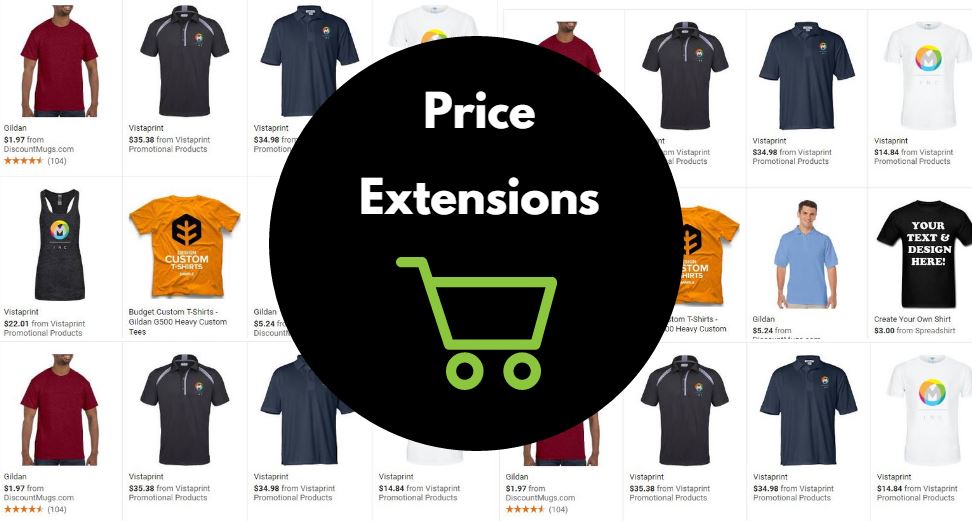How To Make Your Personalized Marketing As Good As Amazon

*This is a guest post by Sailthru
As the world’s largest retailer, Amazon accounts for nearly half of U.S. retail ecommerce sales and more product searches begin there than Google. Part of Amazon’s dominance can be attributed to convenience, but that’s not the only secret to the company’s success. There’s also personalization.
Amazon was a pioneer in personalized shopping experiences with popularized collaborative filtering, also known as “Those who bought this also bought that” recommendations. In fact, if another retailer doesn’t provide relevant enough recommendations, 47% of shoppers will head to Amazon.

Every year, personalized marketing automation technology provider Sailthru embarks on an exhaustive research project in which 250 retailers’ personalization capabilities are evaluated across website, email, mobile and even offline. Cross-referenced with customer sentiment, Sailthru’s proprietary methodology results in the Retail Personalization Index, a definitive ranking of retailers based on their overall personalized shopping experiences.
Amazon started in 17th place and over the years, the ecommerce giant dropped to 56th, part of a seven-way tie with retailers such as ASOS, Fashion Nova and UGG. It’s not that Amazon got worse; it’s that other retailers are getting better.
Personalized marketing results in retailers’ sales increasing by 6 to 10 percent, two to three times higher than their non-personalizing competitors. But personalization is a broad concept, one that’s always evolving. Having a personalized website is no longer enough.
Among the 250 brands evaluated by Sailthru, Amazon’s site score was in the 98th percentile. But while the company excels at website personalization, it lags in other channels. The brand’s multichannel marketing is decidedly lacking, with unpersonalized, unengaging messages that don’t foster a personalized user experience. That’s great news for other retailers.
Modern consumers crave a connected experience, seamlessly navigating between on- and offline, and back again. Online orders are increasingly picked up in brick-and-mortar stores, where smartphones influence 56 cents of every dollar spent as consumers research products and compare prices.
Consumer electronics is Amazon’s largest category, but Best Buy continues to thrive, a testament to its unified, personalized customer experience. When someone visits the brand’s website, the homepage reflects the nearest location, and its inventory and features. Best Buy’s mobile app works similarly, switching into “store mode” when a customer walks in. On the Retail Personalization Index, Best Buy outscored Amazon by 20 points, placing fifth.
Because personalization is broad and ever-evolving, it can be challenging to know where to start, where to look for inspiration, and where to benchmark performance against competitors and contemporaries. That’s why Sailthru publishes the annual Retail Personalization Index every year. In its third year, here are four of the biggest takeaways:
Create Unified Profiles: Of the 250 brands evaluated, just eight had unified profiles, tying all their different channels together to create one cohesive experience. For Sephora customers, mobile notifications are triggered by email activity, which factors onsite behaviors. The Index’s three-time winner, Sephora is one of the eight, along with the rest of the retailers in the top five: Nordstrom, Rent the Runway, The Home Depot and Best Buy.
Up Your Trigger Game: Compared with batch-and-blast campaign emails, lifecycle-centric triggered messages are inherently personalized, sent in response to a specific customer action such as abandoning a shopping cart or making a purchase. The Index favored brands with strong triggered messages, which account for 77% of email revenue. DSW, which tied Best Buy for fifth place, does this well by sending a mix of reactive and proactive triggers. Examples of the latter include birthday emails, back in stock notifications, and product recommendations based on weather events.
Deepen Email Personalization: The retailers with the best grasp of email personalization have tightly integrated their personalization with design, content, and cadence. That means everything from send times centered on when people typically engaged to subject lines that reflect shoppers’ interests and activity. Wayfair, which tied for ninth place, often references browsing behavior in subject lines, for example.
Factor Smartphones in Everywhere: We read most of our emails on our phones and we bring them everywhere. As mobile devices play a bigger role in more aspects of our lives, they’re becoming the common thread tying the entire customer experience together. Mobile apps should facilitate that. Seventh-place Ulta’s app houses members’ preferences, account information and loyalty program, and factors into the in-store experience. Ulta was one of just eight brands to earn a mobile score in the 98th percentile; none of them ranked below 14th place.
One thing those four tactics have in common is, Amazon doesn’t do any of them. Amazon has a basic browse-and-buy mobile app and a wholly transactional approach to email marketing. There are pros and cons to this. While it reinforces the strength of Amazon’s business proposition, strong personalization can help other retailers keep the company at bay.
Click here to learn more about Sailthru’s Retail Personalization Index, which brands ranked the highest and why, and how you can apply their winnings to your personalized marketing.
